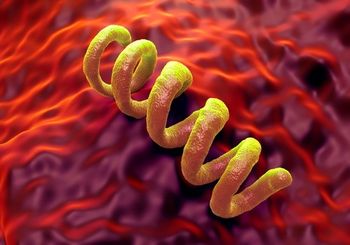
In the doxycycline as PrEP arm, there was a 73% reduction (p = .02) in syphilis, Neisseria gonorrhoeae, and Chlamydia trachomatis infections.

In the doxycycline as PrEP arm, there was a 73% reduction (p = .02) in syphilis, Neisseria gonorrhoeae, and Chlamydia trachomatis infections.

An automatic, built-in alert shows promise in helping to de-escalate antibiotic use at a large community teaching hospital.
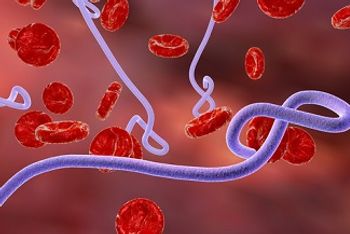
Investigators observed that, when compared with the general population of Guinea, survivors of Ebola had a 5-fold increased risk of mortality over a mean of 1 year of follow-up after discharge.
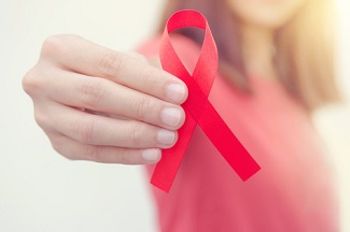
In 2018, the UK recorded 4484 new cases of HIV, representing a 28% decrease compared with the 6271 new diagnoses documented in 2015.

A new study using shotgun metagenomic sequencing found that FMT yielded a sustained decrease in antimicrobial resistance genes and potential pathogens in children with recurrent C diff.

A new article aims to help health care organizations set up antimicrobial stewardship programs based on sound scientific evidence.
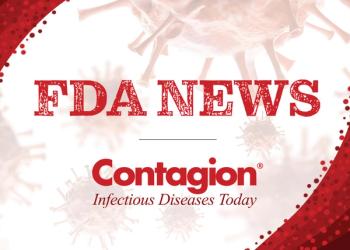
Here is a look at infectious disease-related US Food and Drug Administration news from the week of September 1, 2019.
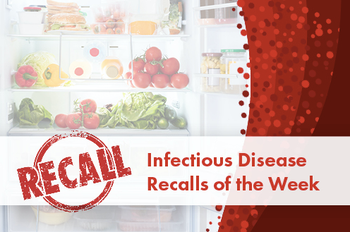
We’ve rounded up a list of important US Food and Drug Administration (FDA) and US Department of Agriculture (USDA) recalls from this past week.

Stay up-to-date on the latest infectious disease news by checking out our top 5 articles of the week.

That daily PrEP dose may not be necessary, according to a new study that examined time-driven and event-driven dosing in a high-risk population.
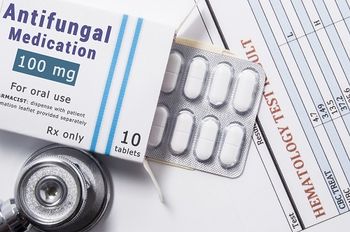
Researchers have hypothesized that the amount of time required to develop a novel antifungal therapeutic can be cut by repurposing drugs that are already FDA approved.

Cryptococcal meningitis is the leading cause of mortality in people living with HIV/AIDS, but a new study shows promising results for alternative treatments.

Natural disasters like hurricanes can have implications for public health, including a heightened risk of infectious diseases.

Bacteriocin operates effectively by damaging the cell walls of the target species, inducing cell perforation and blebbing, thus killing the cells.
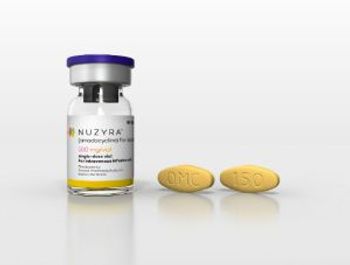
Investigators have presented the microbiological, efficacy, and safety results in the pooled intravenous drug use vs non-intravenous drug use patients in 2 phase 3 ABSSSI studies, OASIS-1 and 2.

The in vitro activity of nano-mupirocin, as well as its distribution to vaginal mucus, strongly support its development for the treatment of MDR gonorrhea.

A new study sheds light on the relationship between fungi and C diff infections.
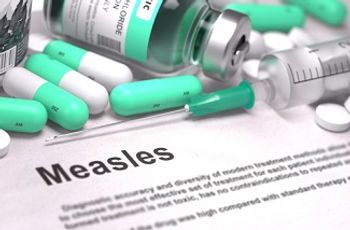
Being geographically close a measles outbreak could change the way individuals feel about getting vaccinated against the disease.

Adding post market adaptive studies to existing noninferiority trials can provide clinicians with necessary data without slowing market introduction.
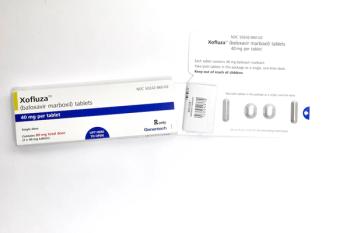
The MINISTONE-2 study enrolled pediatric patients and the BLOCKSTONE study looked at preventive treatment for individuals living with someone with an influenza infection.

Prescriptions are often given for antimicrobial treatment for asymptomatic bacteriuria despite national guidelines against it, which could lead to longer hospital stays, a new study found.
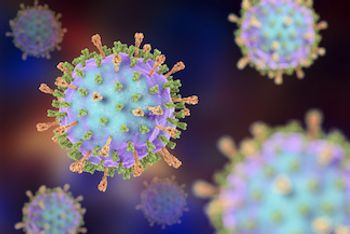
A new study of college-aged individuals demonstrated insufficient immunity in a fraction of participants who were vaccinated against mumps in childhood.

A newer software called STEM offers an accessible, customizable tool for outbreak response and preparedness efforts.

Although Cuba reported no cases of Zika virus in 2017 and 2018, investigators used travel data and genomic epidemiology to uncover a large, “hidden” Zika outbreak.
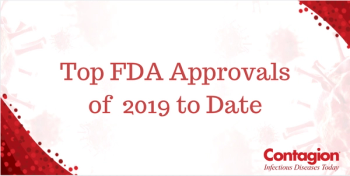
As the summer comes to a close, our editorial team is looking back at the top FDA approvals of 2019 to date and looking ahead at what is left on the docket this year.

The total number of communities at critical risk of the mosquito-borne Eastern equine encephalitis stands at 28 statewide. Thirty-seven other towns are considered at high risk for EEE, while 126 are at moderate risk.

Here is a look at infectious disease-related US Food and Drug Administration news from the week of August 25, 2019.

We’ve rounded up a list of important US Food and Drug Administration (FDA) and US Department of Agriculture (USDA) recalls from this past week.

Stay up-to-date on the latest infectious disease news by checking out our top 5 articles of the week.
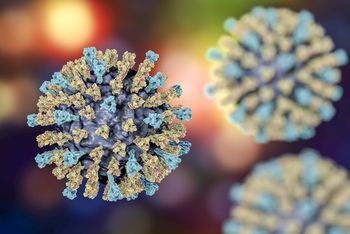
The European Regional Verification Commission for Measles and Rubella Elimination concluded that Albania, Czechia, Greece, and the United Kingdom have lost ground in the fight to eradicate measles.